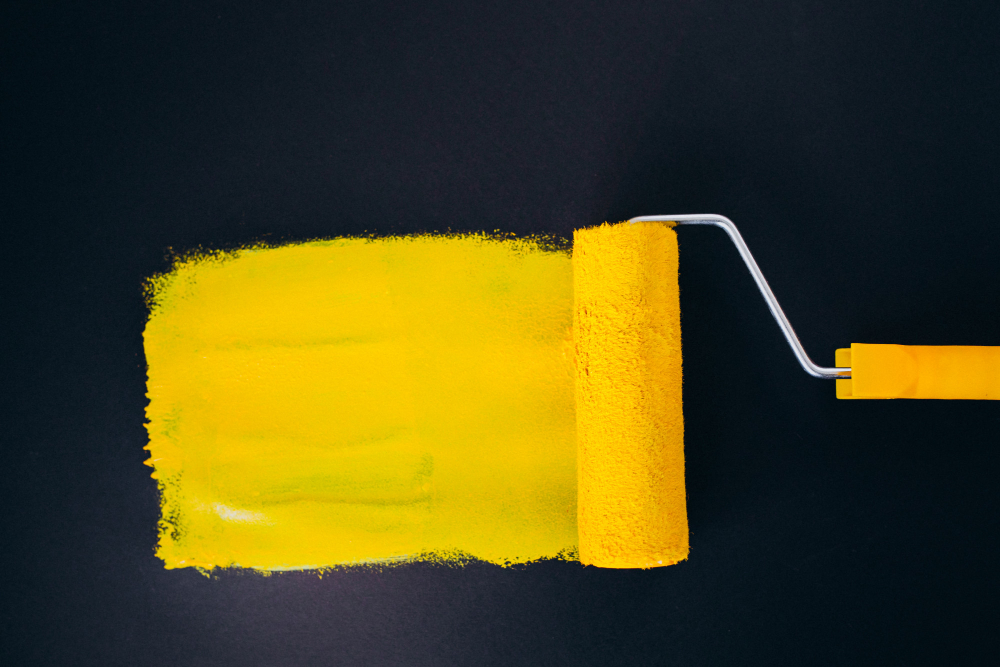Ever walked into a freshly painted room and been hit with that sharp chemical smell that makes your eyes water? It’s not just unpleasant—it could also be harmful. That’s where “odourless paints” come in, promising a fume-free, headache-free makeover. But are these products truly safe, or is it just clever marketing? Let’s peel back the layers (pun intended) and find out.
The Rise of Odour-Free and Zero VOC Paints
More homeowners, businesses, and interior designers are turning to zero-VOC paints and eco-friendly paints in response to growing concerns about indoor air quality. VOCs, or volatile organic compounds, are chemicals found in many conventional paints. They’re responsible for that “new paint smell” and can linger in your space long after the paint dries.
Research shows that VOCs contribute to paint fumes’ health effect,s ranging from dizziness and headaches to long-term respiratory issues. For vulnerable groups like children, seniors, and those with allergies or asthma, exposure can be particularly concerning.
Odourless paint benefits are especially relevant in Southeast Asia’s tropical climate, where high humidity can prolong drying times and increase indoor air pollution risk. Choosing a safe indoor paint isn’t just a trend—it’s quickly becoming the smart standard for modern living.
How “Odourless” Are Odourless Paints, Really?
Not all odour-free paints are created equal. “Odourless” doesn’t always mean “free from VOCs.” Some brands reduce strong chemical smells by masking them with fragrance or lowering just one type of VOC, while others eliminate VOCs altogether. That’s why it’s important to check for independent certifications or ask about third-party testing before buying.
Here’s a quick checklist to help you decode paint labels:
- Look for “Zero VOC” or “Low VOC” prominently listed (ideally with supporting certification like GREENGUARD or Singapore Green Label).
- Avoid products that use vague terms like “fresh scent” or “reduced odour” without more detail.
- Check if the paint is water-based, which usually means fewer harsh solvents.
- Read reviews from users who have actually painted indoors—nothing beats real-world feedback.
The Real-World Benefits of Eco-Friendly Paints
When you choose safe indoor paint options like zero-VOC paints, you’re doing more than just avoiding that nasty paint smell. You’re improving indoor air quality, reducing allergens, and creating a healthier space for your family, pets, or colleagues. And it’s not just about health—eco-friendly paints are often easier to clean up, dry faster, and come in a wide variety of finishes and colors.
Plus, in tightly sealed, air-conditioned spaces (hello, condos and office towers), reducing chemical fumes isn’t just nice—it’s necessary.
So, Should You Trust the Label?
In short: trust, but verify. The odourless paint benefits are real, but only if you’re choosing products from brands that prioritize transparency and safety. Always dig a little deeper than the marketing copy. A genuinely safe indoor paint will clearly explain what’s inside the can—and what’s not.
Want to skip the label confusion and just get your walls painted right, with zero stress and maximum quality?
Fixlaa makes it easy. We connect you with trusted painters who use safe, certified, odour-free paints, and we take care of everything—from sourcing to clean-up. No fumes. No guesswork. Just flawless walls and fresh air. Book a service today.
Paint smart. Live well. Choose Fixlaa.


